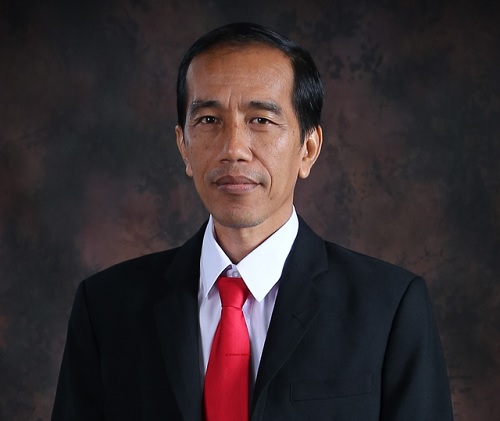Joko Widodo: Construction Sunda Strait Bridge is No Priority
The administration of Indonesian President Joko Widodo (popularly known as Jokowi) will not give priority status to the Sunda Strait Bridge project. As such, the new government’s stance is in direct contrast to the previous administration’s stance toward the ambitious infrastructure project. The Sunda Strait Bridge, a planned road and railway connection between the two (westernmost) Indonesian islands of Sumatra and Java, was placed high on the agenda of the government led by Susilo Bambang Yudhoyono.

Minister for National Development Planning (Bappenas) Andrinof Chaniago announced that President Jokowi sees several reasons not to include the Sunda Strait Bridge project in the priority list of infrastructure projects. Firstly, the project is not in line with Jokowi’s goal to develop Indonesia’s maritime sector. If traffic between both islands has been inefficient so far, then the government should not focus on the construction of a bridge (thus further losing its maritime identity) but instead focus on enhancing sea traffic between both islands by improving existing ports, ferries and piers. Secondly, Jokowi believes that construction of the Sunda Strait Bridge between Java and Sumatra will increase inequality between the western and eastern part of Indonesia. Eastern Indonesia has been on the fringes of economic and political activity throughout history as this region is located further away from the main trade routes (for example the Malacca Strait). Therefore, poverty is a much bigger problem in the eastern part of Indonesia than in the western part. By constructing the Sunda Strait Bridge Jokowi is afraid that inequality between both regions further heightens. Lastly, the Indonesian president is not too keen on higher land and property prices in the region in the proximity of the bridge as it will be more difficult to build public housing projects for the local people.
Under the Susilo Bambang Yudhoyono administration, the construction of the 29-kilometer Sunda Strait Bridge had been a top priority in an effort to boost economic growth in Indonesia. The bridge was the largest infrastructure project mentioned in the Masterplan for Acceleration and Expansion of Indonesia’s Economic Development (MP3EI). As mentioned above, economic activity centers heavily on the western part of Indonesia, particularly the islands of Java and Sumatra (together these islands account for about 80 percent of Indonesia’s gross domestic product growth). Being positioned in an economic center implies that the area needs to absorb a large flow of goods and human capital, and therefore requires well developed infrastructure. Each year, an average of about 20 million people cross the Sunda Strait. By 2020, this number may reach 40 million. Currently, most people and trucks cross the strait by ferry, causing long traffic queues on both sides of the Sunda Strait. However, the government failed to initiate the project, primarily due to the enormous financial costs. The whole project could require up to USD $20 billion worth of investments and there had been lots of debates whether the project should be financed by the private sector or state funds.
During his presidential campaign Jokowi emphasized to focus on more equal (nationwide) economic growth and development of the maritime sector. Therefore, he also red-flagged another infrastructure project within the MP3EI; a railway for coal transportation in Kalimantan was removed from the program as it will only exploit the country’s natural resources for the benefit of a few businesspersons, not for the Indonesian people as a whole.
Key Findings:
• The Joko Widodo administration will not push for development of the Sunda Strait Bridge. Instead he wants to focus on enhancing the country’s maritime sector
• The lack of quality and quantity of infrastructure in Indonesia hampers economic development as it causes high logistics costs and thus makes Indonesian businesses less competitive

